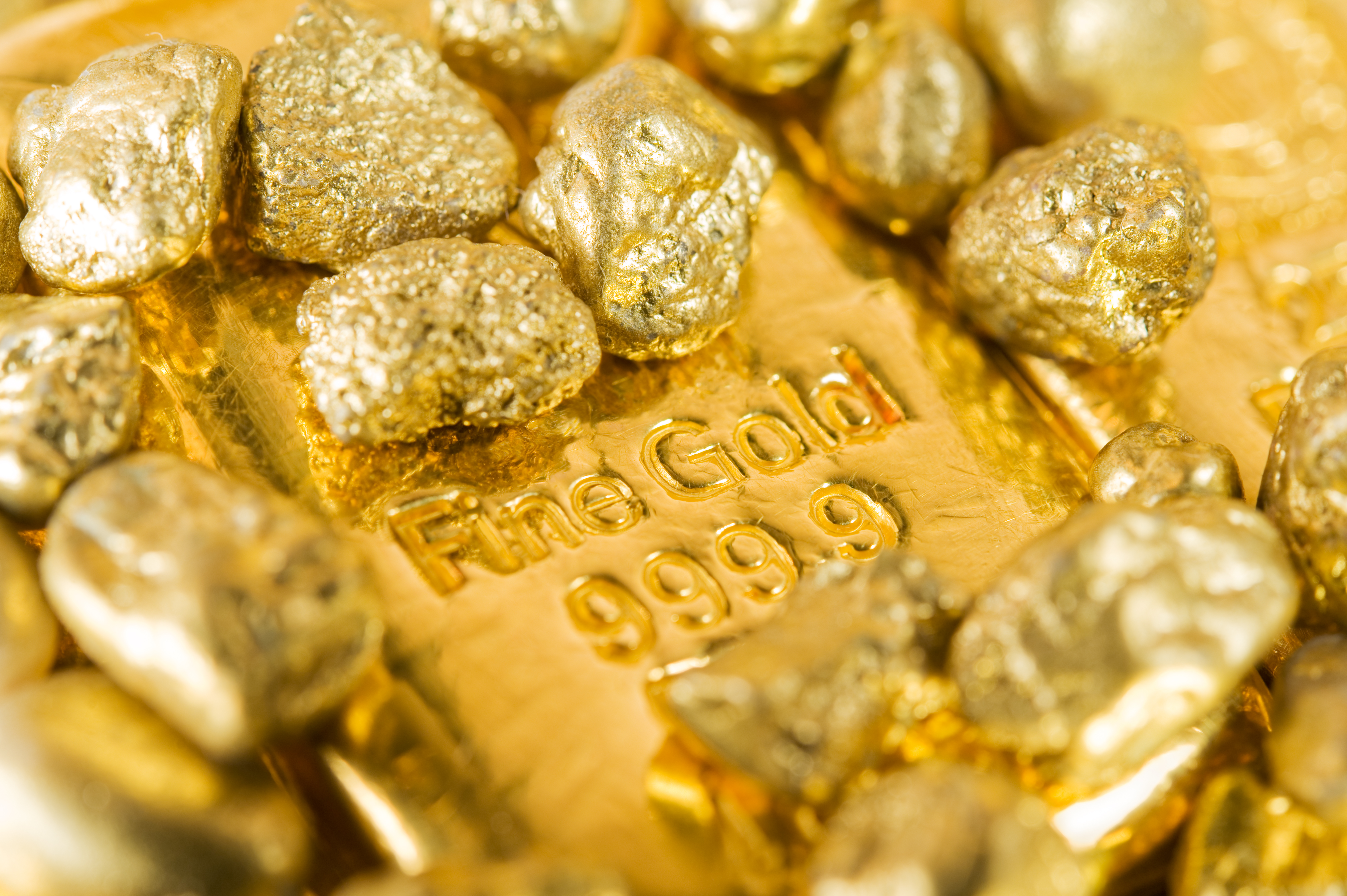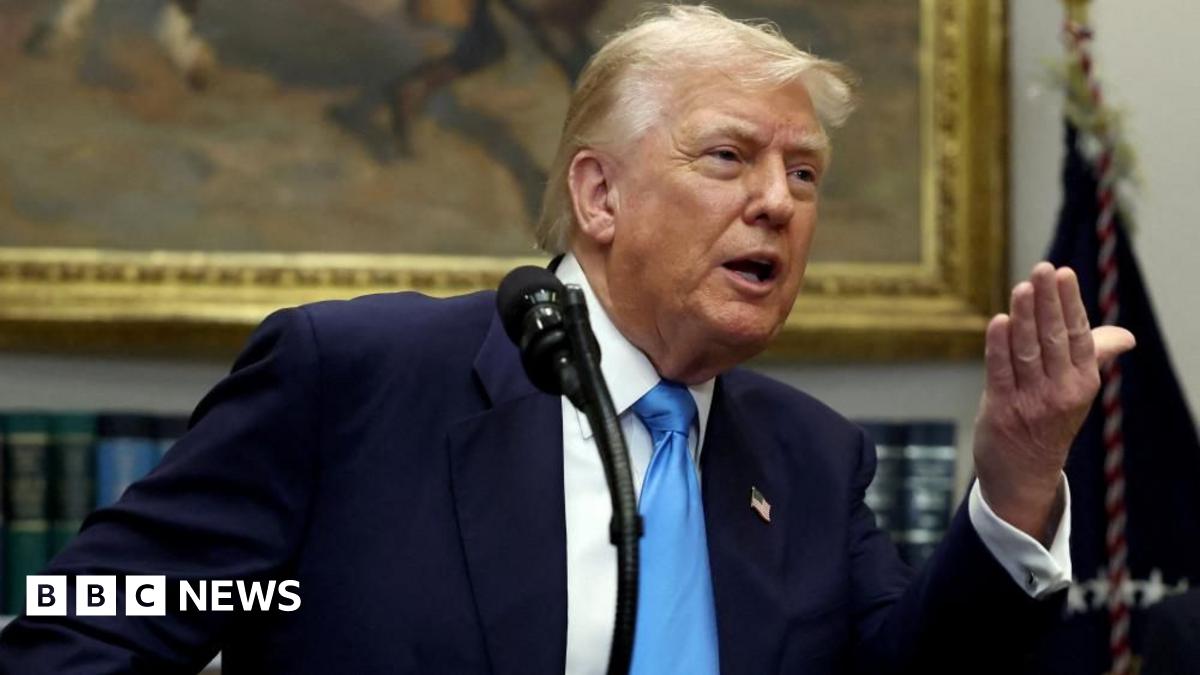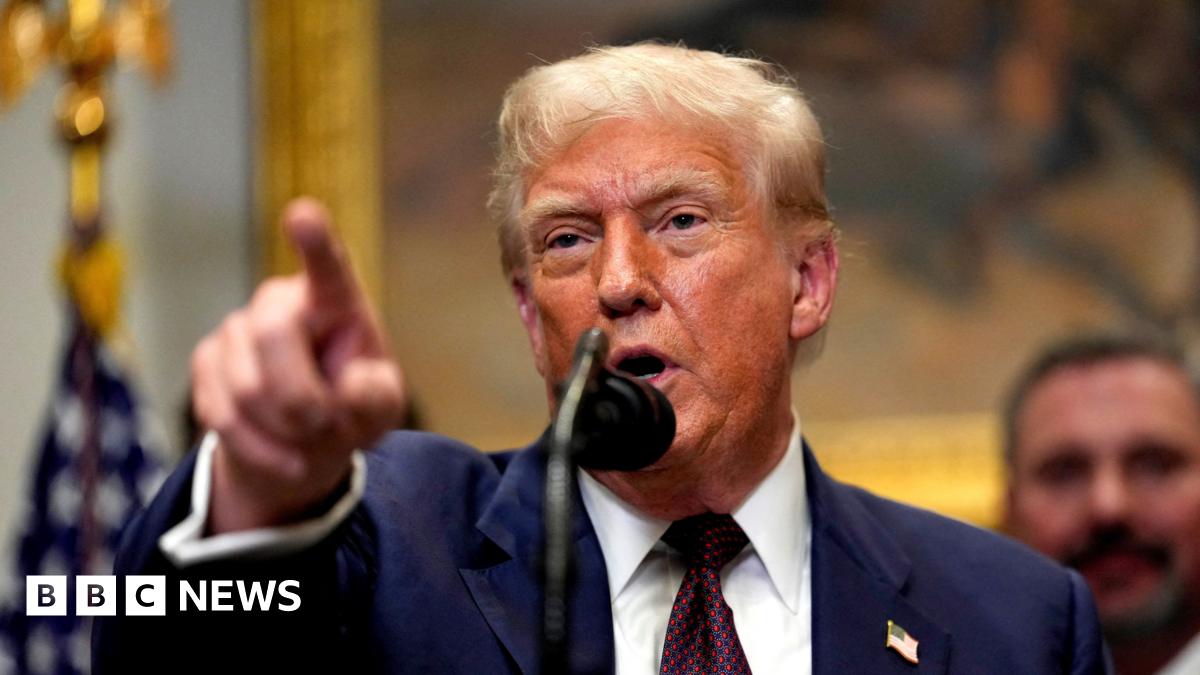What Happened
Gold prices surged to a nearly two-month high on June 13, 2025, driven by escalating geopolitical tensions in the Middle East, particularly following Israel’s military strikes on Iran’s nuclear facilities. Spot gold reached $3,427.36 per ounce, marking a 1.3% increase, while U.S. gold futures rose by 1.4% to $3,448.70. This spike in gold prices is attributed to a flight to safe-haven assets as investors reacted to the heightened conflict and uncertainty in the region.
The backdrop of these developments includes Israel’s declaration of a state of emergency and the U.S. military’s preparations for potential evacuations of American civilians from the Middle East. Analysts noted that the ongoing military actions have shifted investor focus away from other economic concerns, such as trade negotiations, and towards securing assets perceived as safer during times of instability.
Key Details
- Current Gold Prices: As of June 13, 2025, spot gold was priced at $3,427.36 per ounce, while U.S. gold futures were at $3,448.70.
- Price Movement: Gold has gained over 3.5% in value during the week leading up to this report.
- Geopolitical Context: The escalation of tensions is linked to Israel’s airstrikes on Iranian nuclear facilities, which have raised fears of broader conflict in the region.
- Market Reactions: Analysts have noted that the rise in gold prices reflects a broader trend of investors seeking safety amidst geopolitical uncertainty. Tim Waterer, chief market analyst at KCM Trade, indicated that if gold surpasses $3,400, further increases could be expected.
Multiple Perspectives
The response to the rising gold prices and geopolitical tensions has varied among analysts and market participants. Some, like Waterer, suggest that the current situation could lead to further gains in gold prices, particularly if hostilities continue. He pointed out that the market’s reaction indicates a strong preference for safe-haven assets during periods of uncertainty.
Conversely, other analysts caution against overreacting to short-term fluctuations. They argue that while geopolitical tensions can drive prices up, underlying economic fundamentals, such as inflation and interest rates, will ultimately influence gold’s long-term trajectory. The recent data indicating a cooling U.S. labor market and expectations for Federal Reserve interest rate cuts could also play a significant role in shaping market sentiment.
Context & Background
Gold has historically been viewed as a safe-haven asset, particularly during times of geopolitical instability. The recent military actions in the Middle East have reignited concerns about regional security and potential broader conflicts, prompting investors to seek refuge in gold and other precious metals.
Additionally, the U.S. economic landscape is evolving, with recent reports indicating a slowdown in inflation and labor market conditions. This has led to increased speculation about potential interest rate cuts by the Federal Reserve, which could further influence gold prices. The expectation of lower interest rates typically makes gold more attractive, as it does not yield interest, making its relative value more appealing when rates are low.
What We Don’t Know Yet
While the immediate impact of the geopolitical tensions on gold prices is evident, several uncertainties remain. The duration and escalation of the conflict in the Middle East are unpredictable, and further developments could either stabilize or destabilize the situation. Additionally, the potential for U.S. monetary policy changes in response to economic data remains a critical factor that could influence gold prices in the coming months.
Moreover, the broader implications of these geopolitical events on global markets and trade relations are still unfolding. Investors will be closely monitoring both the situation in the Middle East and economic indicators from the U.S. to gauge future trends in gold and other commodities. As such, while current trends indicate a rise in gold prices, the long-term outlook will depend on a complex interplay of geopolitical and economic factors that are yet to fully materialize.





